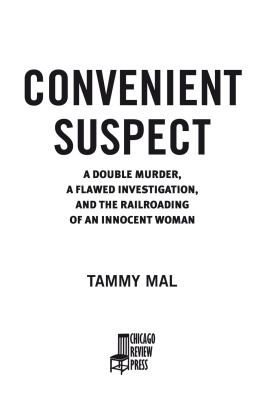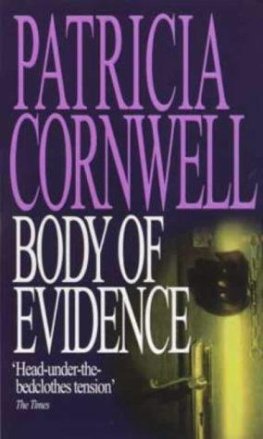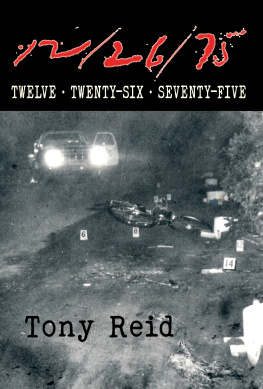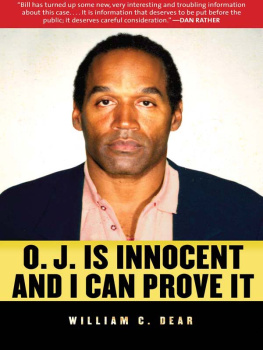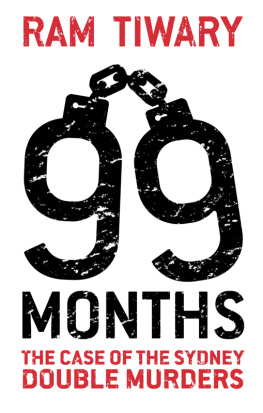Sommaire
Pagination de l'dition papier
Guide
Copyright 2018 by Tammy Mal
All rights reserved
Published by Chicago Review Press Incorporated
814 North Franklin Street
Chicago, Illinois 60610
978-1-61373-982-2
Library of Congress Cataloging-in-Publication Data
Is available from the Library of Congress.
Cover design: Rebecca Lown
Cover images: Photo of woods courtesy of Sherry Sparks, photographer;
stock photos via Shutterstock
Typesetting: Nord Compo
Printed in the United States of America
5 4 3 2 1
This digital document has been produced by Nord Compo.
For my sister
Who also knows the pain of loss
ACKNOWLEDGMENTS
This book could not have been written without the help of countless people who sat for interviews, spent hours on the phone, provided me with information, and supported my efforts. Id especially like to thank my family, and all those who were never too busy to take my calls and answer my questions: Sandy and John Mizgerd, Joan and Paul Weiser, Pat E., Craig Neely, Joe York, Telly and Maria Fiouris, Cindy Mills, Sandy Ireland, and Kim and Liz.
A special thank-you to my friend Sherry Sparks, who chauffeured me around, helped with research, and provided many of the photographs for the book, and also to Regge Episale, who went above and beyond with her help on the manuscript.
To my brother Joe, who helped me in countless ways all through this journey, thank you.
My deepest gratitude to the late Margaret Sneary, whose work on the case enabled me to write this book, and Cindy Wiard, who has more courage than most people I know.
A special thank-you as well to my agent, Mike Hoogland, for his encouragement and sound advice, as well as Chicago Review Press editors Yuval Taylor and Devon Freeny and copyeditor Cathy Bernardy Jones, who worked tirelessly on the manuscript.
Last, but not least, I want to thank Patricia Rorrer, who took a tremendous risk by opening up her heart and her files to me.
For those of you Im forgetting, I apologize. Please know it is not done intentionally, and that I thank you from the bottom of my heart.
AUTHORS NOTE
This is a work of investigative reporting about the Patricia Rorrer case. The book is based on approximately ten thousand pages of trial records and investigative and forensic reports obtained from Patricia Rorrers defense discovery and the FBI, the interviews that I conducted in the course of my research, and the extensive media coverage of the case, which remains a matter of enduring public interest, concern, and debate.
The facts reported in the book are based on these sources, but all of the opinions are my own. Like others who have studied and reported on the Rorrer case, I have weighed the available evidence, analyzed the various arguments for and against Patty Rorrers innocence, and shared my conclusions with my readers.
Some names of individuals mentioned in this book have been fictionalized. All fictional names are indicated by the use of SMALL CAPS on first appearance. Any similarity between fictionalized names and the names of real people is strictly coincidental.
PROLOGUE
Sudden and violent death is always tragic, but the kidnapping and murder of a young mother, Joann Katrinak, and her infant son, Alex, only ten days before Christmas 1994, shook the small town of Catasauqua, Pennsylvania, to its core. Three years later, the arrest and conviction of Patricia Rorrer, a young mother herself and the ex-girlfriend of Joanns husband, Andy, was no less shocking. Although Rorrer would forever maintain her innocence, the evidence against her appeared overwhelming.
At the time of the murders, I too was a young mother, raising four children and struggling to make ends meet. Living in Pennsylvania, it was impossible not to have heard of the case, but I knew none of the players so didnt follow it that closely. I never forgot it, however, and sometimes, for no apparent reason, Id think about Patricia Rorrer and wonder why she had done it.
My interest in criminals and their crimes dated back many years and had led me to seriously consider a career in law enforcement. In the mid-1980s I had applied for and been accepted into the Pennsylvania State Police (PSP) as a trooper cadet, but after arriving at the academy in Hershey, I decided not to pursue that vocation. My real passion was writing, and by 2012, with my children now grown, I finally had the time needed to devote to a writing career. One of the first stories I thought about was the Katrinak murders.
I found the case intriguing, and just strange enough to set it apart from most true crime tales. It all seemed so bizarre: the three-year investigation; Pennsylvanias first use of mitochondrial DNA; the obsessed, psychotic ex-girlfriend who drove five hundred miles to murder her ex-lovers new wife and baby. Believing that the case had all the ingredients needed for a page-turning book, I began researching it, starting with the Internet and old newspaper archives. The media had painted a strong and compelling portrait of Rorrers guilt, and the more I read, the angrier I became. What kind of person could kill a young mother and then leave her three-month-old baby to die of exposure? Monster was too kind a word for this killer.
I found nothing good written about Patricia Rorrer until I came across an article by Bridget DiCosmo of the Innocence Institute of Point Park University in Pittsburgh. The article attempted to cast doubt on the hair evidence used to convict her, which I found surprising. The hair had been DNA tested and matched to Patriciawhat stronger evidence could there be? I wondered why the Innocence Institute had accepted her case, and I worried that if Rorrer could garner enough support, our justice system might just let her go. It wouldnt be the first time a cold-blooded killer was set free.
I thought that the world needed to know what Patricia Rorrer had done, and that the best way to do that was by writing a book. By late 2012, I had composed letters to all the main players in the case: Patricia herself; Andy Katrinak; his father, Andrew (Andys mother, Veronica, had passed away in 2011); and Joanns mother and sister, Sally and Peggy OConnor. Although Patricia wrote me back very quickly, I received no replies to my other letters. What I did receive was a phone call from former state trooper Joseph Vasquez, one of the original investigators on the case.
Vasquez, now a detective with the Lehigh County District Attorneys Office, told me he was calling on behalf of Joanns mother, Sally, who had no intention of cooperating with me on a book. What do you want to go digging into this case for anyway? Vasquez asked. Nobody wants this case brought back up.
The phone call caught me off guard. Why was a detective with the Lehigh County District Attorneys Office calling me, and why did he sound so unhappy with my plans to write a book?
Recalling the Innocence Institutes article, I tried to convey my concern. Shes always maintained her innocence, I said, and it looks like shes gaining support.
Vasquez laughed sarcastically. Yeah, shes innocent. Thats why we found her DNA at the scene.
I know that, I said, which is why I want to write a book about the case. The public needs to know what this woman did and that she should never be released.
Oh, you dont have to worry about that, the detective said, dismissing the idea. She is never getting out of jail. Never.
Vasquez then went on to question my motives for writing a book and my knowledge of the case before finally bringing the call to an abrupt end. Look, he said firmly, nobody wants you looking into this case, and nobody is going to cooperate with you. No one wants this case brought back up. The family just wants to be left alone.

